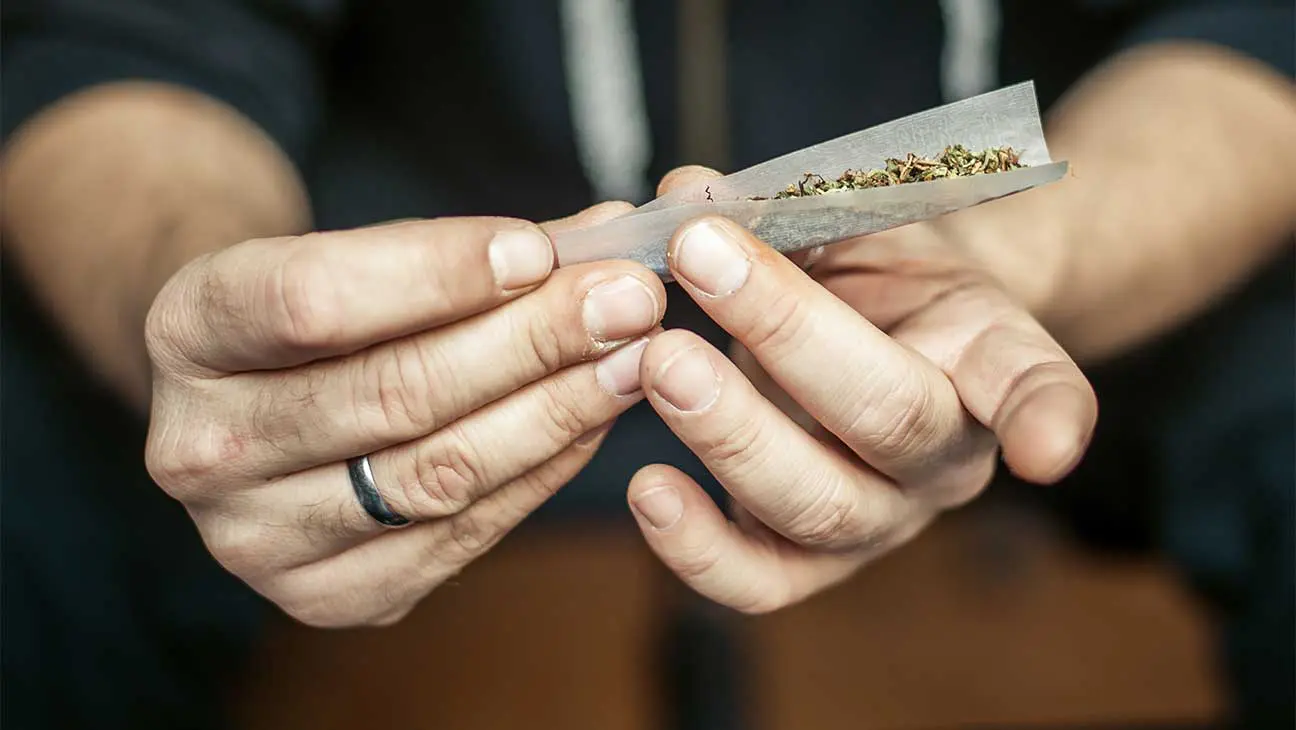
Opium is a natural opiate that is sometimes abused for nonmedical uses. Chronic abuse of this drug can lead to opioid dependence, addiction, and may cause painful symptoms of withdrawal.
Opium addiction can have many consequences, from effects on health, to effects on your closest relationships, social life, and ability to feel pleasure without opium.
Treatment for opiate addiction can help you overcome this addiction for good, by offering treatment for opioid withdrawal and teaching you skills for a life in recovery.
Opium Drug Abuse
Any use of opium that is not prescribed, or directed by a medical doctor, can be considered a form of opium abuse, also known as drug abuse.
Examples of this might include:
- using opium for reasons other than prescribed
- snorting, smoking, or injecting opium
- mixing opium with other drugs for stronger effects
- taking higher doses than directed
- using opium more frequently than directed
- using opium to make more potent opioids (e.g. heroin)
When consumed, opium is not inherently a dangerous drug of abuse. However, it can lead to opioid addiction, when misused for nonmedical purposes.
Opium is also the base of more powerful opioids. For instance, the illicit drug heroin, and prescription drugs like morphine, codeine, fentanyl, and oxycodone (OxyContin).
Ways People Use Opium
There are a number of ways that opium and other opioid medications are used.
Common routes of administration include:
- smoking
- injecting (“shooting”)
- snorting (i.e. insufflation)
- swallowing
- plugging (inserted rectally)
Opium is also sometimes mixed with other drugs. This is known as polysubstance abuse and can be very dangerous due to an increased risk for drug overdose.
Why Do People Abuse Opium?
Opium is a central nervous system depressant that’s long been used for its medicinal properties. It can offer pain relief and help control diarrhea by reducing bowel movements.
In moderate doses, opium can also have relaxing effects and cause euphoria, often described as a rush of pleasure and happiness.
Opium, and other opioid analgesics, may be abused to self-medicate.
For instance, to self-medicate pain, depression, or symptoms of other mental health disorders, such as PTSD, anxiety disorders, and bipolar disorder.
How An Opium Addiction Develops
Opium addiction, also known as opioid use disorder, is a chronic disease. This can develop from a chronic pattern of opium abuse, which can lead to tolerance and physical dependence.
Opium, and drugs made from it, can also be psychologically addictive when abused repeatedly over time. This can change how you feel, behave, and even affect your thoughts.
An addiction to opium can have physical effects on the body (e.g. drowsiness), cognitive effects, and may lead to opioid withdrawal symptoms.
Opium Addiction Signs And Symptoms
Opium addiction can be identified by common signs and symptoms of addiction to other opioids, like heroin, codeine, and hydrocodone (Vicodin).
Signs and symptoms of opium addiction can include:
- needing to take more opium over time to feel the desired effect (i.e. tolerance)
- constantly thinking about opium
- relying on opium to get through the day or feel “normal”
- experiencing withdrawal symptoms within hours of last drug use
- unusual changes in mood or appearance
- difficulty falling or staying asleep
- lying or becoming secretive to hide substance use
- distancing from friends or family
- being unable to reduce or quit your opioid use
The primary sign of a substance use disorder is a lack of control. You may feel unable to control your drug use, or feel as if it’s taken over virtually all areas of your life.
Side Effects Of Opium Abuse
Opium side effects are mostly mild, but can be dangerous when abused in high doses. The most common side effects include confusion, constipation, and relaxation.
Other side effects of opium abuse include:
- nausea or vomiting
- drug cravings
- dizziness
- drowsiness
- tiny pupils
- reduced sex drive
- decreased heart rate and blood pressure
- slower breathing rate
- shallow breathing
- increased sensitivity to pain
Risks Of Opium Abuse
Opium abuse and addiction can pose several health risks. Physical dependence, for instance, can make it difficult to stop your opium use, due to the discomfort and difficulty of withdrawal.
Chronic opioid abuse is also associated with:
- risk of turning to illicit opioids (e.g. heroin, illicit fentanyl)
- legal troubles
- relationship problems
- risk of bloodborne disease (if injecting opioids)
- polysubstance abuse
- poor mental health
- increased risk of opioid overdose
- risk of suicide
Overdose is one of the biggest concerns of opioid abuse. In severe cases, and without treatment, opioid overdose can be deadly. It can also result in coma and permanent brain damage.
Opium Overdose Signs And Symptoms
Opium overdose can occur by taking too much opium, mixing it with other drugs, or by taking opium that’s been laced with other powerful drugs, like fentanyl or cocaine.
Opium overdose is considered a medical emergency. Tens of thousands of overdose deaths involving opioid use occur in the U.S. each year. This can happen fairly quickly.
Signs and symptoms of an opium overdose may include the following:
- bluish skin
- clammy skin
- blurred speech
- extreme drowsiness
- pinpoint pupils
- loss of coordination
- trouble with vision
- reduced reflexes
- slowed or stopped breathing
- unresponsiveness
- weak pulse
- coma
Opium overdose can be reversed if treated quickly with the drug Narcan, also known as naloxone. This drug can block the effects of opioids in the brain, and can prevent fatal outcomes.
Treatment Programs For Opium Addiction
Overcoming an addiction to opium and other opioids of abuse is possible. For most, this will begin with getting addiction treatment through a treatment provider, such as a rehab facility.
Drug addiction treatment can help you stop using opium, provide relief from withdrawal symptoms, and assist you on the road towards recovery.
Treatment for opium addiction may come in the form of:
- inpatient drug rehab (also known as residential treatment)
- medication-assisted treatment (e.g. methadone, buprenorphine, or naltrexone treatment)
- outpatient treatment (e.g. behavioral therapy, intensive outpatient treatment)
Residential rehab programs, particularly those that offer MAT, are the gold standard for helping people conquer opium addiction and begin the healing process.
In rehab, you can receive daily medical and behavioral healthcare.
You may attend behavioral therapy, support groups, receive addiction medicine, and attend counseling to learn coping skills for recovery.
Do You Need To Detox From Opium?
If you’ve taken opium for at least several weeks regularly, then yes. Stopping it all at once could lead to uncomfortable withdrawal symptoms and emotional distress.
Opioid detoxification programs can offer medication for withdrawal symptoms, as well as a safe, comfortable, and quiet place to get off opium and any other drugs of abuse.
How Long Does Opium Stay In Your System?
Opioid drugs like opium can stay in a person’s system for one to four days on average, depending on the method of drug detection and other factors, such as dose taken.
Traces of opium may be detected by:
- urine tests
- blood tests
- hair tests
- saliva tests
See more about drug test detection times.
Opium Abuse And Addiction FAQs
Find answers here to frequently asked questions about opium abuse and addiction.
What Is Opium?
Opium is a natural narcotic (pain reliever) that comes from the opium poppy plant. It is the base from which most opioid painkillers, including morphine and codeine, are derived.
This natural opioid can be used to relieve moderate to severe pain, chronic pain, and diarrhea.
How Is Opium Made?
Opium is harvested from the opium poppy plant. Once harvested, this can then be used to produce edible cakes or chemicals, used in the production of illicit or licit drug products.
Opium is grown globally and easily cultivated. Because of this, it is not highly regulated, making the misuse of it easy and ready at hand.
What Are Common Street Names For Opium?
Opium may be referred to by a number of street names.
Common nicknames include Aunti, dopium, gee, Buddha (opium-spiked marijuana), and Black (when mixed with meth and marijuana).
How Much Does Opium Cost?
The cost of opium sold on the street can vary according to where you live, what form you buy it in, dosage, and other factors.
See more about the cost of drugs sold on the street.
Find Addiction Treatment For Opium Abuse Today
Opioid addiction has become a personal as well as a public health crisis. Millions of Americans struggle with this, but it can also be overcome. Achieving recovery is possible.
Let us help you, a friend, or family member find healing. For more information on treatment programs for opium abuse and addiction, call our helpline today to speak to a specialist.
Addiction Resource aims to provide only the most current, accurate information in regards to addiction and addiction treatment, which means we only reference the most credible sources available.
These include peer-reviewed journals, government entities and academic institutions, and leaders in addiction healthcare and advocacy. Learn more about how we safeguard our content by viewing our editorial policy.
- Centers for Disease Control and Prevention (CDC) — Understanding the Epidemic
https://www.cdc.gov/opioids/basics/epidemic.html - U.S. Drug Enforcement Administration (DEA)—Drugs of Abuse, A DEA Resource Guide (2020 Edition): Opium
https://www.dea.gov/sites/default/files/2020-06/Opium-2020.pdf - U.S. National Institute on Drug Abuse (NIDA) — Prescription Opioids DrugFacts
https://www.drugabuse.gov/publications/drugfacts/prescription-opioids - U.S. National Library of Medicine: MedlinePlus—Opioid Abuse and Addiction
https://medlineplus.gov/opioidabuseandaddiction.html - World Health Organization—Opium Abuse and Its Management: Global Scenario
https://www.who.int/substance_abuse/activities/opium_abuse_management.pdf


